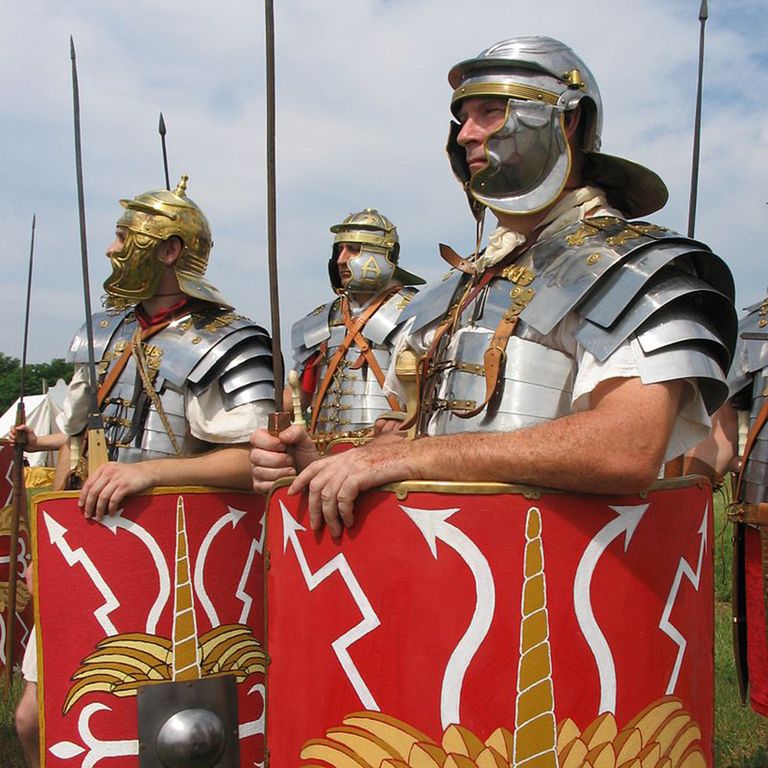Strange Facts About What Life Was Like For Roman Soldiers
A brutal training regime, punishment beatings, 30-mile marches: life could be very tough for a Roman legionary. Yet at its height, the Imperial Army had some 500,000 soldiers under arms, so men were obviously willing to join up. Read on to find out just what it was like to serve with the Roman Army, a fighting force that created one of the greatest empires the world has ever seen.
The wages of war
Trying to convert Roman currency into modern money is pointless — there are too many variables. But that doesn’t mean we can’t compare how much different ranks of Roman soldiers were paid annually. The lowest-status troops, the auxiliaries, earned 100 denarii, the Roman currency. Next up the line, full legionaries were paid 300 denarii. A centurion, in charge of about 80 men, earned roughly 1,000 denarii, and a senior centurion was paid 15,000 denarii. So the pay differentials were stark.
A brutal training regime
The Roman Army wanted men who were supremely fit, so the first months of training involved forced marches and plenty of drilling. A newly minted soldier was expected to be able to march more than 20 miles in full gear within five hours. Weapons training started off with wooden arms which were actually heavier than the real thing to increase the men’s strength. Once proper swords were introduced, the men were instructed in the fine arts of stabbing and hacking.
Mutiny
Roman officers employed brutally violent methods to enforce discipline. The officers carried sticks and they weren’t afraid to use them to beat men who didn’t jump quickly enough in response to orders. This violent regime sometimes resulted in outright mutiny. One famous instance of this came in 14 A.D. when men stationed on the River Rhine rose against their commanders and used the officers’ own staffs to beat them.
Marriage forbidden
It wasn’t until the second century A.D., well into the era of the Roman Empire, that soldiers were allowed to marry. Yet archaeological evidence such as tombstones suggests that this rule was not always obeyed. Still, when troops did wed, their partners would not be regarded as legal wives and any children that resulted from the union would be seen as illegitimate.
